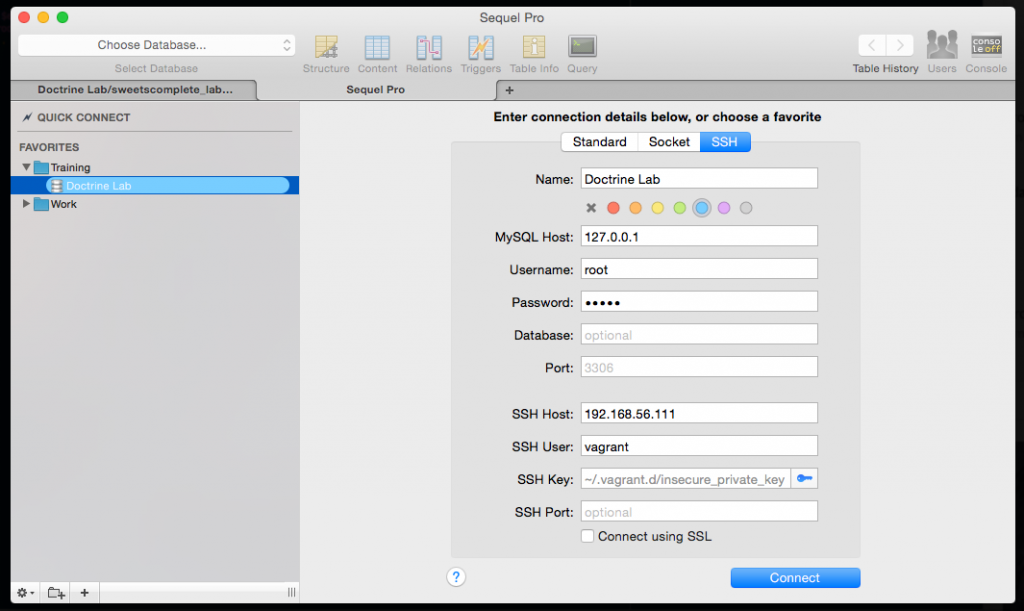 One of the things I love most about the Internet is the great diversity of websites and services available at our fingertips. But with these websites and services comes the need for authentication. Passwords. And ID’s. And with each website, we need to remember the site’s URL, the ID we used, and the password we assigned it. That’s a LOT of information. So, it’s helpful to have software to keep track of it all.
One of the things I love most about the Internet is the great diversity of websites and services available at our fingertips. But with these websites and services comes the need for authentication. Passwords. And ID’s. And with each website, we need to remember the site’s URL, the ID we used, and the password we assigned it. That’s a LOT of information. So, it’s helpful to have software to keep track of it all.
I use an open source program called KeePassX. It’s available for Mac, Linux and Windows. But it’s a desktop application, rather than a website; and that becomes a problem as I move between my work computer, and my home machine. I have two copies of KeePassX, and, inevitably, they become out of sync.
Yesterday I spent quite some time merging the two databases, and I’m documenting it here for the next time I may need it, and for others who may run into the same issue.








 Once he finds someting that works for him, my father sticks with it. Which is why, until very recently, he was still using his
Once he finds someting that works for him, my father sticks with it. Which is why, until very recently, he was still using his 
 My friend Ian just purchased a
My friend Ian just purchased a